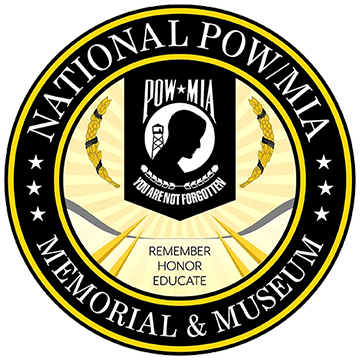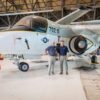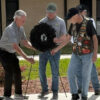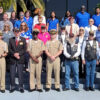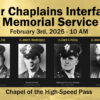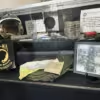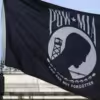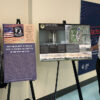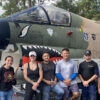Teresa Stepzinski Florida Times-Union – Published 5:00 a.m ET Dec 7, 2021
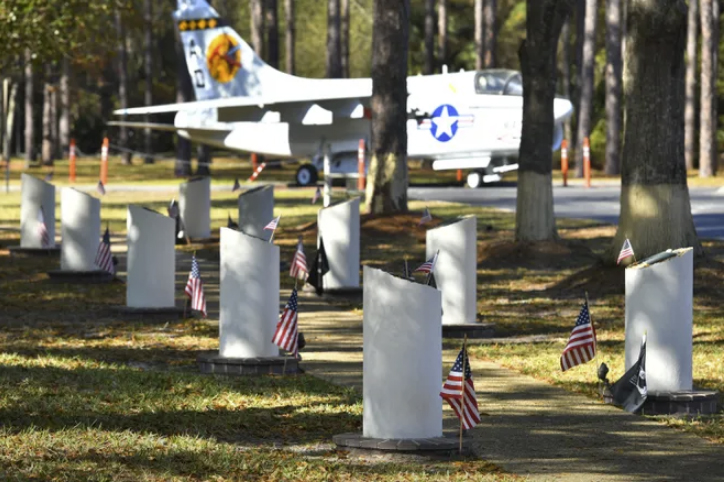
Nearly two years after ground was broken, construction is underway on the planned national memorial and museum in Jacksonville to honor and remember all American prisoners of war and those missing in action during the country’s wars.
When completed, it will be the first of its kind in the United States, according to the nonprofit Cecil Field POW/MIA Memorial Inc., which is spearheading the project.
The planned National POW/MIA Memorial and Museum will pay homage to all those classified as prisoners of war or missing in action from World War II through current conflicts, Mike Cassata, organization executive director, told the Times-Union.
Although there is a National Prisoner of War Museum in Andersonville, Ga., it focuses on POWs. The Jacksonville memorial will focus on both POWs and those missing in action, Cassata said.
Mary Helen Hoff, 1931-2015: Remembering the Orange Park woman who inspired the POW/MIA flag
More:Clay County street-naming honors Orange Park woman who championed POW/MIA flag
The memorial and museum are being built in two main phases at 6112 POW-MIA Memorial Parkway on 26 acres at former Naval Air Station Cecil Field, Master Jet Base (1941-1999), which now is Cecil Commerce Center.
The project evolved from the original POW/MIA Memorial, located just south of the Chapel of the High-Speed Pass, that was dedicated to those naval aviators stationed at NAS Cecil Field during Vietnam and Desert Shield/Storm eras.
With a tentative, estimated cost of roughly $80 million, the ongoing memorial and museum project could span five to 10 years before being finished, Cassata estimated.
Their goal is to get national designation from Congress. That would help with fundraising as well as public awareness and education, Cassata said of the project currently funded by contributions from individuals, businesses, grants and the city of Jacksonville.
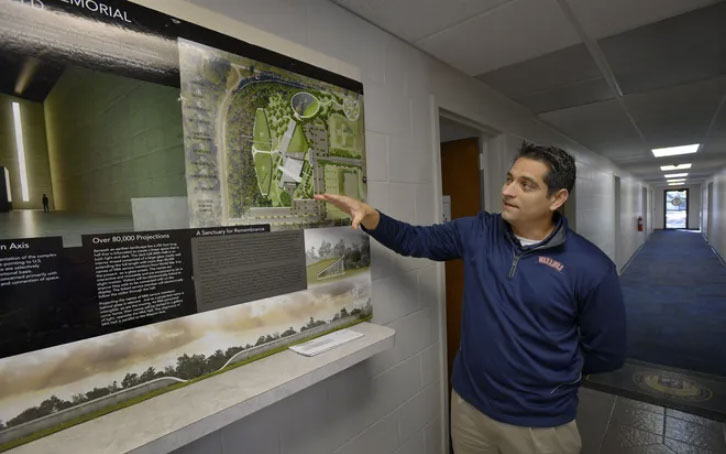
The project is to benefit all Americans, not just military personnel and their families, he said.
The organization’s mission, “is to honor all former prisoners of war, remember and never forget those missing in action heroes and the families who see their return.”
Cassata said America is the only country in the world “that goes and searches for our missing.”
Learn about launching the world’s most powerful telescope in NASA or the groups helping soldiers ease into civilian life in Veterans Affairs.Read Now in the e-Edition
Establishing the National POW/MIA Memorial and Museum in Jacksonville will give American military personnel the assurance that “hey, our country is behind us and they will always have the fullest possible accounting,” he said.
Cassata said the project also is for the families of the missing to bring them some sense of closure and to educate the public. Above all, he said, it’s to help ensure those who are lost will not be forgotten.
Nearly 82,000 Americans remain missing from WWII, the Korean War, the Vietnam War, the Cold War, and the Gulf Wars/other conflicts, Defense POW/MIA Accounting Agency data show.
The agency’s website shows Florida military personnel among the lost include 910 who weren’t recovered following World War II, 157 listed as missing during the Korean War and 54 who were unaccounted for from the Vietnam War.
About 75 percent of all the losses happened in the Indo-Pacific. More than 41,000 of the missing are presumed lost at sea, according to the agency, which maintains a searchable list of the missing.
The Cecil Field project is moving forward despite some setbacks to ensure all are remembered.
Phase 1 got off to a good start for several weeks after the Jan. 18, 2020, groundbreaking ceremony. Then it came to a screeching halt due to the COVID-19 pandemic.
“COVID hit and that’s what shut us down,” Cassata said.
The original contractor, who was donating in-kind work on the project, had to bow out because of the pandemic. The discovery that electrical modifications were needed at the site contributed to the pandemic-induced delay that slowed the permit process for nearly all local construction projects.
Work gradually resumed with a new contractor in place. Several elements in Phase 1, which focuses on the history of NAS Cecil Field, have been completed.
Among them is the Gold Star Memorial, which pays tribute to families whose loved ones made the ultimate sacrifice while defending the country.
“The Gold Star Memorial is very much in line with our mission because once an MIA service member is identified, the family automatically becomes Gold Star. It is the only one in Northeast Florida,” Cassata said of the memorial, which includes a marker, bench, flag pole, a flower garden and bricks with the names of those who’ve been lost.
Also completed is a separate memorial honoring four aircrew members from Cecil Field, who were lost in separate incidents in the 1980s and 1990s.
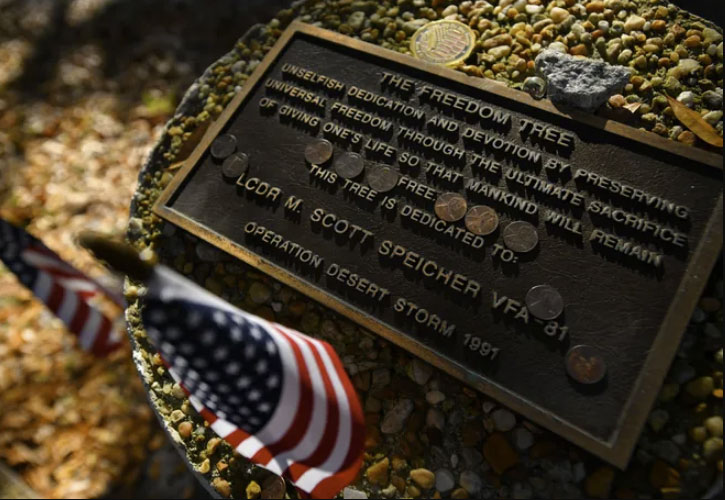
Now, ground is being prepared beside the Chapel of the High-Speed Pass for a static aircraft display of four Navy planes including an F-18 Hornet that once flew out of NAS Cecil Field.
The display is inspired by a sculpture of four Navy jets flying in the starburst formation at the end of the Hero’s Walk on the grounds of the chapel.
The organization has three of the aircraft and is searching for the last one. The planes will be displayed on a replica of the runway configuration at the airfield. Memorial bricks soon will be laid at the site, with lighting and landscaping to follow.
Cassata estimated that Phase 1 will be completed in Spring 2022.
Phase 2 focuses on the interactive museum, which was designed by Prosser Inc., headquartered in Jacksonville.
The museum will be in part of the chapel, which has been previously renovated. The organization is beginning to collect artifacts for the exhibits. The goal is to share the stories of those who have been lost rather than only displaying collections of equipment.
“We call it MIA Hall. We want it to be about the service member,” Cassata said. “There is a story behind the exhibits and we want to tell it.”
Cassata said when visitors walk in the hall, one side will be dark and the names of the lost will be projected onto a wall.
“You can see them, but not touch or feel because they are not home. They are not here. They will be the names of those who are missing,” he said.
Then there will be the “Gallery of Light,” with the names of those who have been returned etched on the walls,” Cassata said.

Funding, contributions needed
Last month, VyStar Credit Union announced it would match $150,000 in community contributions for the initial phase of the project. The Jacksonville-based credit union previously gave $100,000 to support the memorial and museum.
“VyStar’s deep appreciation for our military community dates back to our founding at Naval Air Station Jacksonville in 1952 and remains strong today,” Brian Wolfburg, VyStar president and CEO, said in a news release announcing the matching donation challenge.
“We are proud to support the National POW/MIA Memorial & Museum and look forward to enriching our community with a place of honor and remembrance,” Wolfburg said.
The city of Jacksonville as well as the Jacksonville Jaguars Foundation each have donated $100,000 for the project. The city previously provided the land for the memorial and museum.
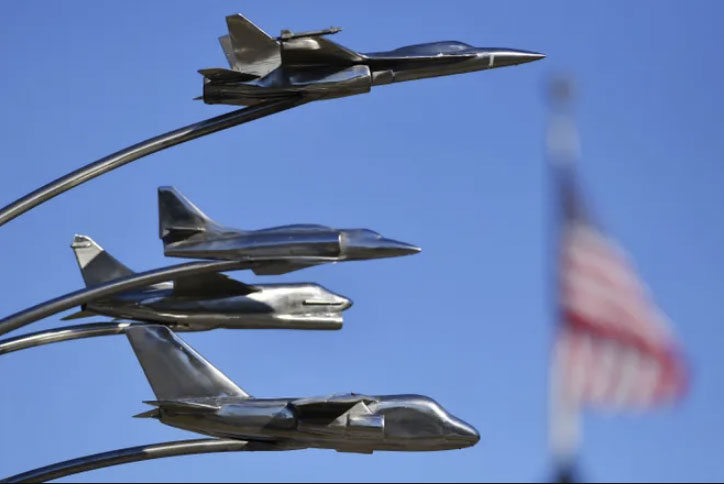
National designation sought
A bipartisan effort by Jacksonville’s congressmen seeks national designation for the memorial and museum.
On Sept. 20, U.S. Reps John Rutherford, a Republican, and Al Lawson, a Democrat, reintroduced legislation that would designate the Cecil Field facility as the National POW/MIA Memorial and Museum.
On Sept. 30, the proposed legislation was referred to the Subcommittee on Disability Assistance and Memorial Affairs by the Committee on Veterans’ Affairs. No other action was listed for the measure.
“This is the second time the legislation has been introduced and we’re trying to get it out of committee. Once it does that, then it can go to the floor for a full vote,” said Cassata, adding they are working to try to get it up for a vote early next year.
Meanwhile, residents also can sign a petition — available on the Cecil Field POW-MIA Memorial Inc. website — calling on Congress to authorize the national designation.
Buy a brick fundraiser
The organization is relying on business and individual contributions as well as grants to pay for the project.
Cassata said people can buy a customized memorial brick ranging from $100 up to $250 each. So far, more than 300 have been sold. In addition, straight-out donations are being accepted. Each can be made via its website, Memorial Brick Campaign – National POW/MIA Memorial & Museum (powmiamemorial.org)
